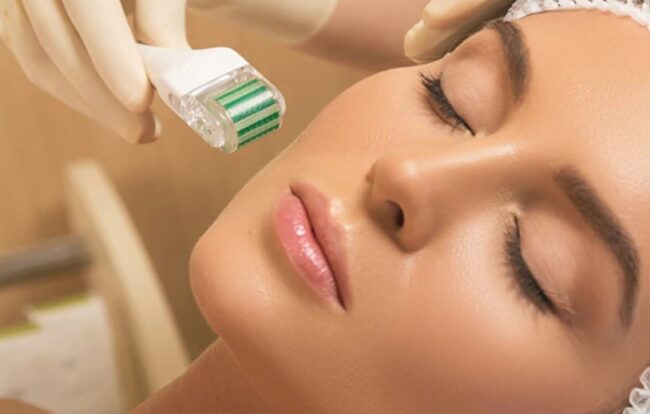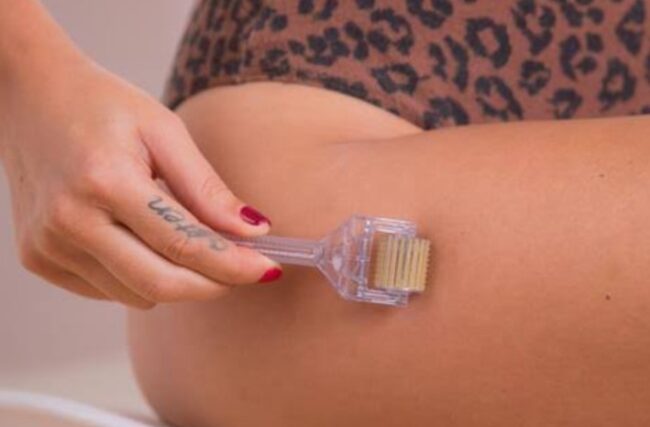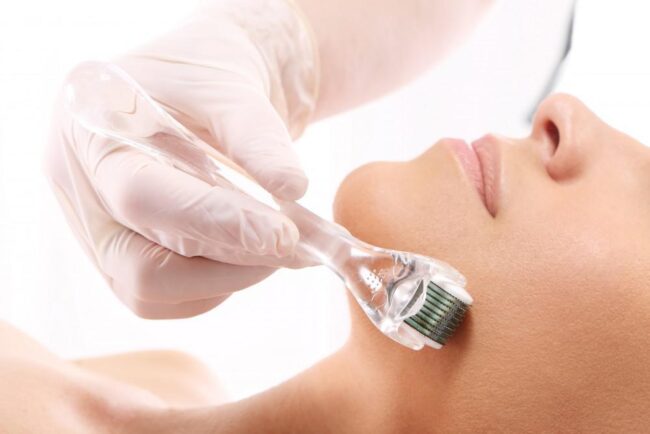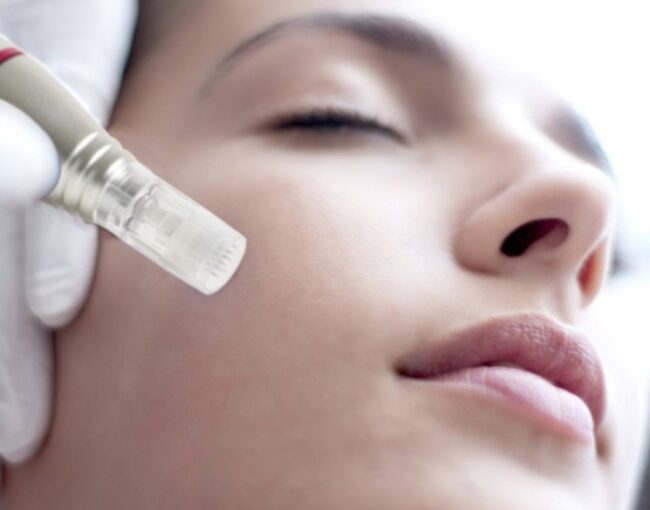Microneedling, or skin needling, has become a popular cosmetic procedure nowadays. As the name suggests, it involves pricking the skin with tiny, micro-sized needles. The small wounds caused by the pricking catalyze the skin to produce more collagen and elastin.
These substances, in turn, make the skin look youthful and bright. You might also know it by another name called collagen induction therapy. MIcroneedling is extremely efficient, with a success rate of 80%.
While microneedling is a famous concept in cosmetology, there are a few facts that most of us may not know. Read on to find out some things you may not have known previously about this procedure.
1. The pricking is done deliberately

Skin needling isn’t a superficial process like microdermabrasion. The tiny needles, measuring 0.5 mm to 0.75 mm actually prick your skin, although these tiny wounds are invisible to us.
In case you’re going to a dermatologist, they might use a different, longer type of needle. Here, you will be able to see tiny spots of blood after the session. But don’t be afraid, this is a sign that your skin will start to heal soon.
It will start producing collagen, a process known as collagen remodeling, and the newly-produced collagen is stronger and firmer. Even the amount of elastin produced is greater. So your skin looks tighter, firmer, and healthy.
2. These tiny needles are as effective as lasers
If you have acne scars, you’ll know how dull and uneven your skin might look. Microneedling breaks apart these fibers of the disordered collagen strands that make the pitted scars. This wounding process signals your body to repair itself as quickly as possible.
The new collagen produced plumps up the scars in such a way that they are barely visible anymore. In fact, these microneedles are so efficient, a study conducted in 2016 found out that they’re as effective as a fractional laser at treating atrophic scars. The needling process also produces much fewer side effects as compared to laser therapy.
3. Microneedling smoothens stretch marks

Did you know that stretch marks are nothing but a type of scar? But the good part is, stretch marks, like acne scars, respond well to skin needling.
But in this case, your dermatologist will use a longer needle, typically measuring 3 mm. This is especially done to reduce scarring in areas where your skin isn’t as sensitive as your face.
4. Radiofrequency vibrations supercharge microneedling
Microneedles themselves work very well, but when coupled with radiofrequency (RF) or other forms of similar vibrations, the results are unbelievably good. The heat produced by RF shrinks the collagen and speeds up the entire tightening process. It is also extremely useful when treating severe atrophic acne scars.
Vibrating microneedles are easier and less painful on the skin and cause less trauma. In fact, these needles don’t puncture the skin exactly, they are coated in a pen-like device. This makes it easier for your dermatologist to work on your skin, creating wonderful results.
5. Technique and safety

If you are considering microneedling at home, you should do it very carefully. Proper techniques and hygiene protocols must be maintained. You must work on each section of your face carefully. First, roll your face up and down, and then from one side to another, and then diagonally.
Before each session, wash and disinfect the roller with alcohol. If you don’t follow proper hygiene standards, it could end up in a disaster for your skin.
6. Microneedling is best when handled by a professional
Just like getting a stylish haircut, microneedling works the best when it is done by a professional. If you don’t handle the equipment properly, it can cause long-term or permanent damage to your skin. Skin needling at home is also time-consuming which is why it’s best to go to a clinic and let the experts handle everything.
There, your dermatologist will finish the entire procedure in about 20-30 minutes. This has to be done a few times a year in order to get the glow and youthfulness you want, but the end result of skin needling from a professional is far better than an at-home treatment.
7. Preparation before and after microneedling

If you use topical products, especially those infused with retinol, you might want to discontinue them a few days prior to the needling procedure. Harsh products can aggravate your skin, especially your face, and could adversely affect microneedling.
You must also cleanse and tone your face and avoid harsh sunlight at least 48 hours before the procedure. Before walking into the dermatologist’s clinic, make sure your face is clean and dry (if not, your dermatologist will clean it themselves).
Then, numbing cream will be applied all over your face (or wherever you want the procedure done) so that the intensity of the pain is lower. Even after you are done with one of your sessions, avoid sunlight and retinol products for 3-4 days. Also, avoid any acid-based serums at least a week after the session.
8. Soothing products
While microneedling doesn’t really hurt, some areas can feel itchy or uncomfortable. You can use a soothing gel or serum or a hydrating face mask after your session to cool off the skin. Make sure there are no harsh chemicals in the gels or masks that you use.
In case your skin feels very itchy (might happen if you have hypersensitive skin), you can use an anti-itch cream once or twice a day for relief. If the microneedling has been done properly, the redness, small puncture marks, and itchiness will all fade away in 3-4 days.
Over to you…
For the best skin needling experience, you must check out cosmeticavenue.com.au. This Australian clinic takes just 20 minutes for a microneedling session and leaves you looking absolutely gorgeous. Their team of expert cosmetologists will make the procedure as painless as possible, and the rates are unbelievably low!
